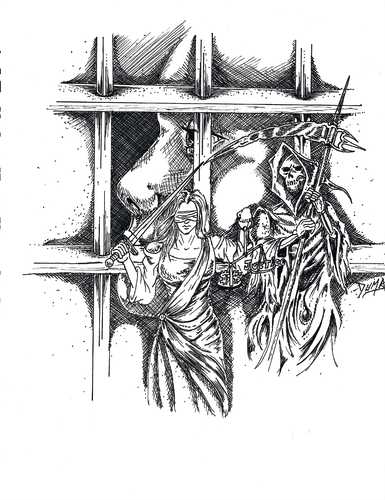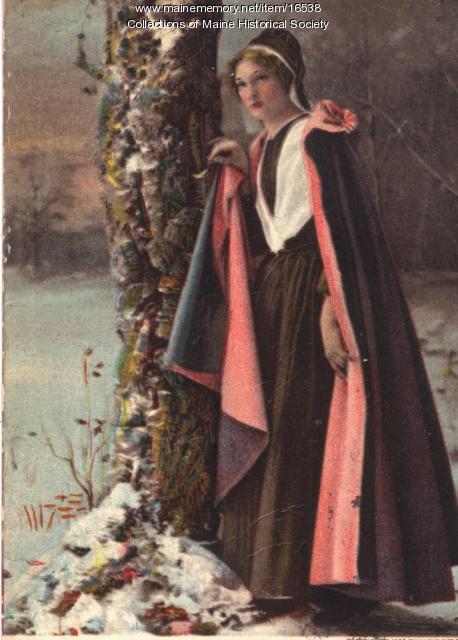Keywords: doe
Item 65506
Fannie Brackley and doe, ca. 1937
Contributed by: Strong Historical Society Date: circa 1937 Location: Dallas Plantation; Strong Media: Photographic print
Item 29205
Water Street, Hallowell, ca. 1890
Contributed by: Hubbard Free Library Date: circa 1890 Location: Hallowell Media: Photographic print
Item 82699
Doe property, E. Side Pleasant Avenue, Peaks Island, Portland, 1924
Owner in 1924: Benjamin S. Doe Use: Dwelling
Item 89081
Ellen L. Doe Heirs property, N.E. Shore, Long Island, Portland, 1924
Owner in 1924: Ellen L. Doe Heirs Use: Shop
Item 150102
Van Buren Theatre, Van Buren, 1949
Contributed by: Maine Historical Society Date: 1949 Location: Van Buren Client: Noel Cote Architect: Eaton W. Tarbell
Exhibit
Capturing Arts and Artists in the 1930s
Emmie Bailey Whitney of the Lewiston Journal Saturday Magazine and her husband, noted amateur photographer G. Herbert Whitney, captured in words and photographs the richness of Maine's arts scene during the Great Depression.
Exhibit
Memorializing Civil War Veterans: Portland & Westbrook
Three cemeteries -- all of which were in Westbrook during the Civil War -- contain headstones of Civil War soldiers. The inscriptions and embellishments on the stones offer insight into sentiments of the eras when the soldiers died.
Site Page
Farmington: Franklin County's Shiretown - Farmington Social Library, Regulations, ca. 1900
"This does not list the requirements for becoming a member of the Library. Note the rule on multivolume works : "...if the book so lost or injured be…"
Site Page
Lincoln, Maine - Primary school on School Street, Lincoln, ca. 1905
"… is, looking at the background, East Broadway does not appear to be built up yet. This indicates the era of the photograph."
Story
What does a warming climate mean for Maine?
by David Reidmiller
Climate change affects all aspects of life. What does this mean for Maine?
Story
For Sale
by ALD
2022 Pen on paper 9 x 12 in
Lesson Plan
Longfellow Studies: The Acadian Diaspora - Reading "Evangeline" as a Feminist and Metaphoric Text
Grade Level: 6-8, 9-12
Content Area: English Language Arts, Social Studies
Evangeline, Longfellow's heroine, has long been read as a search for Evangeline's long-lost love, Gabrielle--separated by the British in 1755 at the time of the Grand Derangement, the Acadian Diaspora. The couple comes to find each other late in life and the story ends. Or does it?
Why does Longfellow choose to tell the story of this cultural group with a woman as the protagonist who is a member of a minority culture the Acadians? Does this say something about Longfellow's ability for understanding the misfortunes of others?
Who is Evangeline searching for? Is it Gabriel, or her long-lost land of Acadia? Does the couple represent that which is lost to them, the land of their birth and rebirth? These are some of the thoughts and ideas which permeate Longfellow's text, Evangeline, beyond the tale of two lovers lost to one another. As the documentary, Evangeline's Quest (see below) states: "The Acadians, the only people to celebrate their defeat." They, as a cultural group, are found in the poem and their story is told.

















